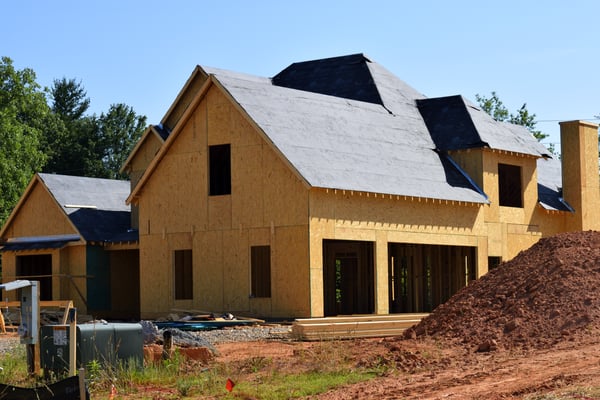When it comes to construction, things don't always go according to plan. Veteran builders know which challenges come up time and time again, and they know to plan accordingly. But if you're new to building and investing, being aware of typical construction hurdles before your project starts can help you to plan accordingly too. Below is a list of some of the most common hurdles during the construction process.
Finding the Right People
The relationship between you and tradespeople (or a general contractor) is the foundation of a successful project. While you may be able to easily find dozens of trades to lend their talents to your project, you must make sure they are right for you. The end result of your project is only as good as the team hired to construct it. Investing energy in identifying the right people at the earliest stage of the process will ensure getting the most out of your investment in the final stage. You can do this by taking the time to research, get referrals, look at portfolios, and even read reviews online. While being fastidious about finding the right people is a necessary investment for any given construction project, the professional relationship you forge may also prove to be a long term investment.
Construction Delays
Construction delays are a common occurrence, and they happen for myriad reasons. You are often at the mercy of permit approvals, and waiting for permits can feel like your hands are tied until you’re given the go-ahead. Plan for this in your timeline so it doesn’t come as a surprise. Another reason construction can be delayed is because of the amount of time it takes for materials to be delivered. Various circumstances beyond your control can contribute to this; they can be logistical, environmental, or economic, so having constant communication between contractors, tradespeople, and suppliers is crucial in helping to avoid this.
Delays with Rare/Bespoke Materials
If your build includes custom, specially made items, bear in mind that these almost always take longer to arrive than “off-the-shelf” items. If something is being made-to-measure for a tricky or oddly shaped space, it will take longer to manufacture and ship. Similarly, if you’ve ordered a beautiful but rare stone for a kitchen countertop from a quarry in Italy, expect the arrival time to be weeks or even months upon ordering.
Incorrect Materials
Ordering one thing and receiving another can and does happen. Due to miscommunication and the sheer number of people involved in the process from manufacture to delivery and assembly, sometimes you don’t get what you expected. Often, this manifests itself as the correct item but in the wrong color; or a door, cabinet, or other fixture that is a couple of crucial inches off. When this happens, you may decide to keep the incorrect item, work around it, and maybe even get a discount from the supplier because of the error. If you feel it must be sent back and corrected, this will, of course, affect your timeline, but again, you may be able to work out a deal.
Unexpected Circumstances/Costs
Even when you’ve planned every aspect of your build, right down to the details, extenuating circumstances can and do occur. These are things like discovering issues with your lot or the ground it sits on, being faced with days or even weeks of bad weather, and even natural disasters. All of this can delay or put a complete stop to your project, and while these issues may be unavoidable or unexpected, building in extra time in your construction timeline in case these scenarios occur, is wise.
Incorrect Floor Plans
On any construction site, there are a lot of ‘cooks in the kitchen’, and constant communication among the whole team is paramount. For example, if one subcontractor is looking at one version of a plan, and another is working with a more updated version, it creates the potential for costly and time consuming mistakes that could have been avoided. Plans must always be checked carefully, and inconsistencies brought up with the general contractor, ensuring that everyone is on the same page, which will save time and money.
Human Error
Everyone makes mistakes, and at least a couple of them happen on most building projects. Hopefully they are small mistakes, not big, costly ones. Often, these mistakes occur by someone misinterpreting a plan, taking shortcuts, or not communicating. The best way to prevent avoidable errors is to have clear communication across all levels of the project. As the old saying goes, measure twice, cut once!

Recent Posts
- Spec Home Loans: Complete Guide to Construction Financing for Builders
- Spec Construction Loans: A Spec Line of Credit Is Worth the Paperwork
- Spec Homes and Pre-Sale Homes: Relative Benefits for a Spec Builder
- Spec Construction Success: Insights for the Investor Builder
- How Is a Spec House Different From Other Kinds of House Construction?
